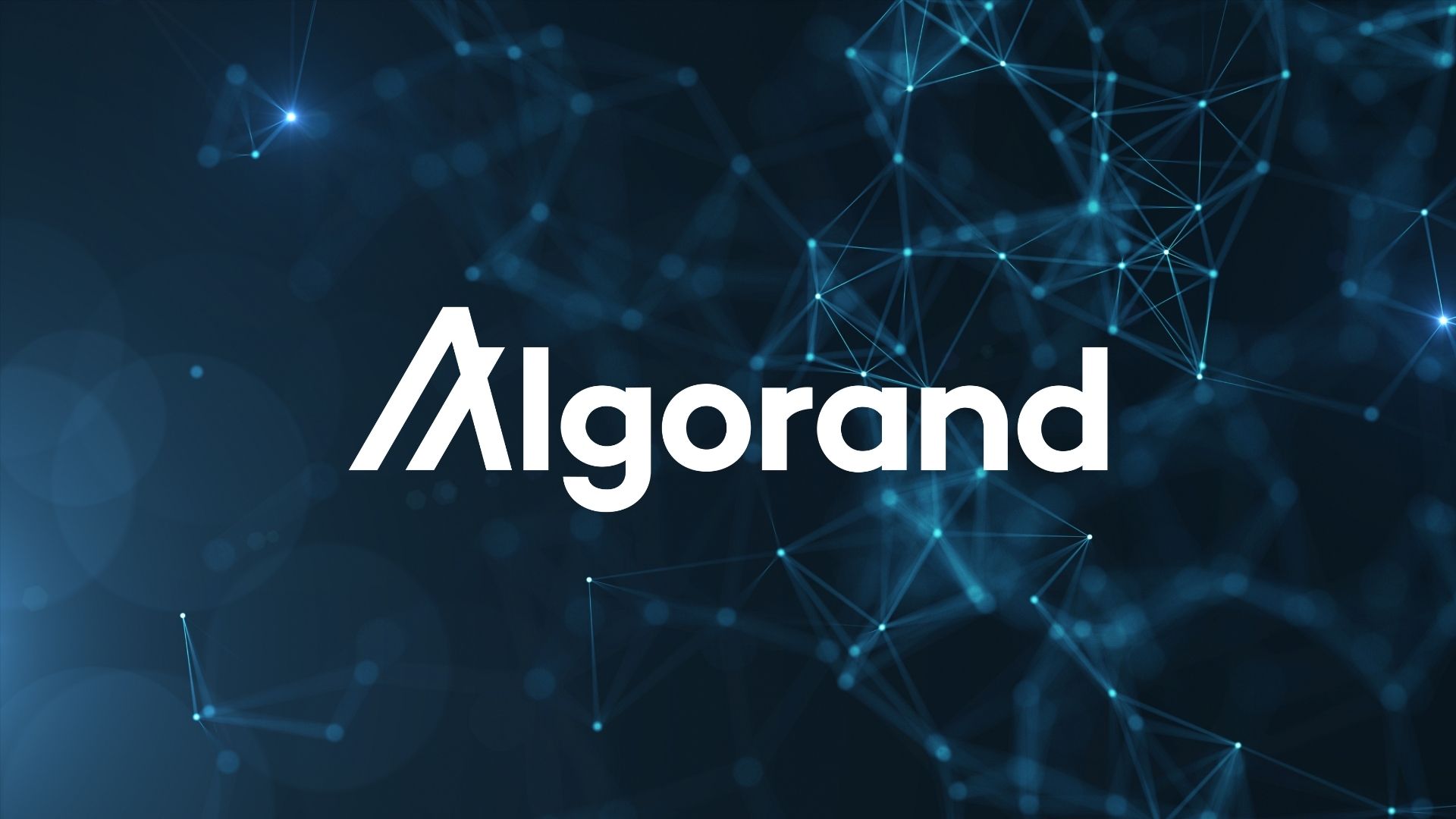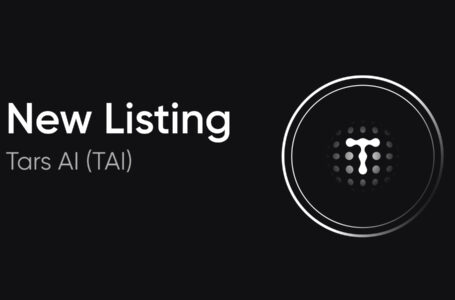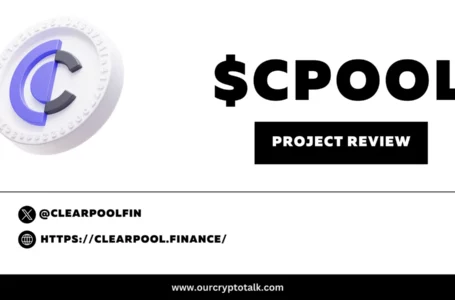
Algorand is the self-proclaimed “world’s most decentralized, scalable, and secure blockchain infrastructure.” As a layer-one blockchain with a modified proof-of-stake consensus mechanism, Algorand is another chain striving to solve the blockchain trilemma.
Algorand was founded by Silvio Micali, an MIT professor and Turing award winner, considered one of the most proficient computer scientists working in the blockchain space. The leadership team is complemented by CEO Steve Kokinos, founder of communications software platform Fuze and COO W. Sean Ford, an experienced operations and go-to-market executive. Algorand promises significantly higher throughput compared to chains like Bitcoin or Ethereum. This is made possible by its pure-proof-of-stake consensus mechanism, which aims to process up to 1,000 transactions per second thanks to ultra-low staking requirements for nodes. With its unique blockchain architecture, Algorand has already attracted interest from the corporate sector and is used by:
- Attestiv (a digital media validation company);
- Verady (a crypto tax and accounting firm);
- Props (a crypto loyalty token);
- Rhovit (a gamified content platform);
- The Republic of the Marshall Islands (for its digital currency).
How Does Algorand Work?
Algorand employs the so-called pure-proof-of-stake consensus mechanism. Recall that with “regular” proof-of-stake validator nodes have to commit a certain amount of tokens for the privilege of validating transactions. If nodes perform honestly, they receive a block reward. Dishonest nodes have their stake slashed, i.e., they pay a penalty.
As a payments-focused blockchain, Algorand achieves its sub-five-second transaction finality by allowing a minimal staking threshold. In comparison to Ethereum, which will require 32 staked Ether after its switch to proof-of-stake for validators, nodes on Algorand have to stake only one ALGO. Consequently, the network could be considered more democratic compared to its peers, as everyone can secure Algorand as a node instead of delegating their stake.
Other important architecturals pillars are the two types of nodes on Algorand: Participation Nodes and Relay Nodes.
Relay Nodes coordinate the validation process. In proof-of-stake blockchains, the validating node is chosen randomly. This is also true in pure-proof-of-stake, but Relay Nodes help with communication and perform signature checks and validation checks, speeding up transaction finality.
Participation Nodes are chosen according to a verifiable random function, which selects nodes randomly and weighted by the relative size of their stakes. Thus, nodes with more ALGO staked have a higher probability of being chosen. A block leader is secretly assigned, and the verified random function assigns cryptographic proof to the block leader to verify their status.
After the block is proposed, randomly elected nodes form a committee to confirm the block production. There is no slashing for dishonest behavior in Algorand. Instead, the network immediately enters recovery mode, contributing to its fast transaction speed. However, one study has shown that this opens up Algorand to the possibility of spam attacks, despite employing a two-thirds Byzantine Fault Tolerance that should keep the network operable if some nodes misbehave.
Unique Features of Algorand
Algorand is an intriguing layer-one blockchain for several reasons.
Algorand Team
Several other L1 chains like Ethereum, Solana and Avalanche are known for their competent teams — Algordand was also founded by one of the most competent and well-connected computer scientists in the space. Not only did Silvio Micali study at MIT, but he did so with Gary Gensler, the current SEC chairman — who has publically lauded Algorand in the past.
Blockchain Architecture
The two-tiered chain structure is an approach that Cardano also uses, but with less real-world application thus far. However, the unique feature for Algorand is the network’s lack of slashing and the low minimum staking requirements. This allows for quick transaction finality and is a deliberate choice by founder Silvio Micali, who said:
“We must use incentives as a last resort. I believe I can [make Algorand work without incentives], but I have no formal proof that I can, because these formal proofs are much harder than the proofs of Algorand.”Since Algorand uses a two-thirds majority Byzantine Fault Tolerance (BFT), the network stays operable even if not all nodes behave honestly. Furthermore, nodes would go against their own interests with dishonest behavior, potentially harming the token price. However, Algorand has not yet decisively proven in practice that this democratic approach to staking works.
Variety of Use Cases
Algorand can be used for the customary DeFi and NFT use cases, both of which are very attractive given the chain’s solid architecture. However, it has also managed to attract interest from private and public sector players for payment systems. With its versatility, Algorand could turn into an interesting blockchain serving different sectors.
Algorand Tokenomics
Algorand has transparent and informative documentation: its tokenomics are explained on its governance page. The total supply of ALGO is 10 billion and will be emitted until 2030. The current circulating supply is 6.71 billion ALGO. Algorand aims to reward participants that engage in the ecosystem’s governance and lock their tokens for the long run.
The Current ALGO Staking APY
Algorand is inflationary and will hit its maximum supply of 10 billion ALGO in 2030. The current ALGO staking APY is between 5% and 6% and can be checked on the Algorand Staking Rewards Calculator.
Bottom Line
There are a lot of positive aspects about Algorand, starting from its sound (if not perfect) blockchain architecture and its increasing real-world use cases to its competent team. Though the chain does not yet deliver on its 1,000 transactions per second, few would bet against Silvio Micali eventually delivering on his promise. Algorand does compromise somewhat on centralization to achieve this speed, but so do other chains and the team promises improvements towards decentralization until 2030.
One key downside to Algorand is its perceived lack of marketing. While Algorand is recognized as having “the tech,” it does not showcase it as much as the community may think it should.
Thus, making a prediction on Algorand’s future price is challenging. The project has all the necessary ingredients to become a key player, but it may eschew retail popularity for other use cases. In the very long run, Algorand should exceed its previously set all-time highs, but the lack of a “retail-friendly” narrative may keep its price down till then.


















